- City:
- New York, NY
- Site Type:
- Parks and Recreation, Infrastructure and Utilities, Paths and Trails, Park Roads and Bridges, Sanitation and Water Disposal
- New Deal Agencies:
- Unknown, Work Relief Programs, Civil Works Administration (CWA)
- Completed:
- 1935
- Designers:
- Allen, Collens and Willis, Frederick Law Olmsted, James W. Dawson, Jr., Olmsted Brothers
- Quality of Information:
- Good
- Site Survival:
- Extant
Description
Fort Tryon Park was built during the Depression era with the goal of providing public green space for upper Manhattan. John D. Rockefeller Jr. donated the land and provided most of the financial support for the construction of the park’s amenities. The infrastructure within and around the park was completed with work relief labor at the cost $300,000. The work consisted of building roads, storm drainage, and lighting. It was likely completed with the aid of the Civil Works Administration (CWA), the Federal Emergency Relief Administration (FERA), or the Temporary Emergency Relief Act (TERA)
The New York City Park Department Report to August 1934 states on Page 18 that: “This park was purchased by John D. Rockefeller, at a cost of $1,500,000. The contract between Mr. Rockefeller and the City provided that the donor of the property should do most of the construction work. This has been completed at a cost of $4,000,000. The City is obligated to complete approximately $600,000. worth of work, consisting mainly of roads, paths, drainage systems, sewer systems, and park lighting. $300,000. worth of this work has been done with Work Relief labor and with an appropriation of $150,000. by the Board of Estimate and Apportionment during the year 1934. The park cannot be opened until funds for the balance of the work amounting to $300,000. have been made available [emphasis added].”
In 1917, philanthropist John D. Rockefeller Jr. purchased several estates bordering the Hudson River. He hired the Olmsted Brothers landscaping firm to design the planting layout, and in 1931 he donated the land to the City. The park opened on Columbus Day, October 1935.
The Cloisters, a Romanesque structure built on a park hilltop, serves as a museum of medieval art. Construction on the Cloisters began in April 1935. The architect chosen by John D. Rockefeller Jr. to design the structure was Charles Collens of the Boston-based firm Allen, Collens, and Willis. The cloisters opened to the public in 1938.
According to The Cloisters: Studies in Honor of the Fiftieth Anniversary, architects on temporary work relief programs built the study model for the Cloisters (1992, 58). “During the Great Depression of the 1930s, when many architects, sculptors and painters were on emergency relief, [James J.] Rorimer seized on the idea of using them to make a study model of the proposed museum, with sculpture and frescoes to scale and the light coming through the windws the way it would if it were built.”
Source notes
Fort Tryon Park, The Frank da Cruz Kermit Records: (https://kermitproject.org/newdeal/forttryon/), accessed March 9, 2018.
Fort Tryon Park Trust: (https://www.forttryonparktrust.org/preserving-and-restoring-a-natural-treasure/), accessed March 13, 2018.
National Register of Historic Places Nomination Form, Fort Tryon Park and the Cloisters, 1978: (https://www.forttryonparktrust.org/wp-content/uploads/2017/05/1978National-Register-Historic-Preservation.pdf), accessed March 12, 2018.
NYC records archive: (Park Department Report to August 1934), accessed March 9, 2018.
NYC Parks Department website: (Fort Tryon Park), accessed March 9, 2018.
NYC Parks Department website: (Fort Tryon Park History), accessed March 9, 2018
The Cloisters: Studies in Honor of the Fiftieth Anniversary, The Metropolitan Museum of Art (1992), p.58.
Site originally submitted by Frank da Cruz on March 13, 2018.
Contribute to this Site
We welcome contributions of additional information on any New Deal site.
Submit More Information or Photographs for this New Deal Site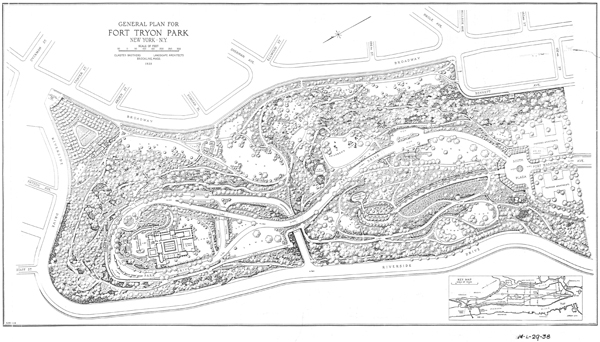





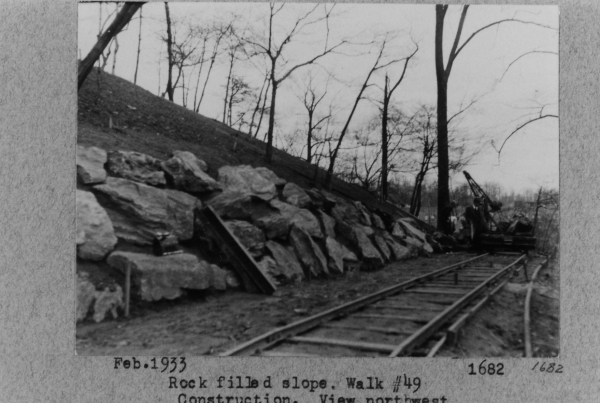
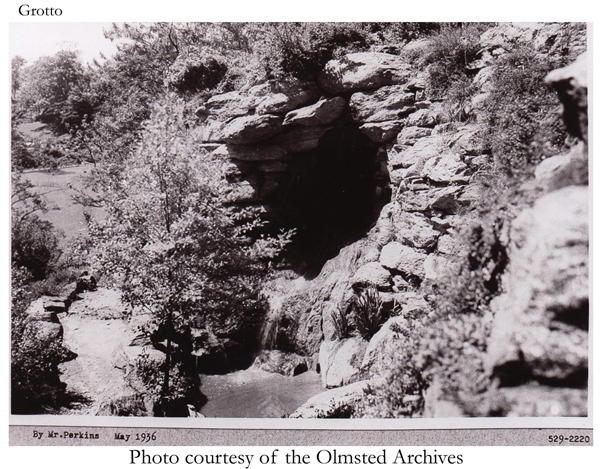
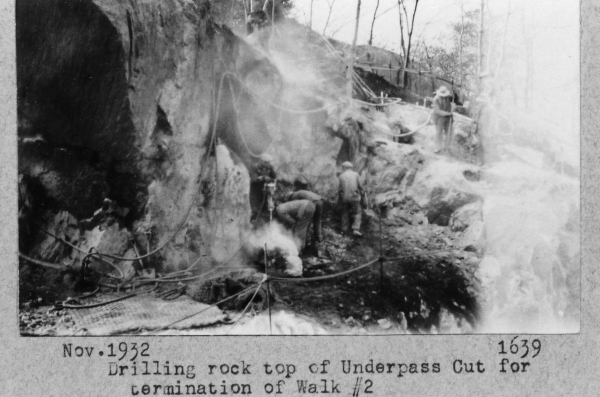

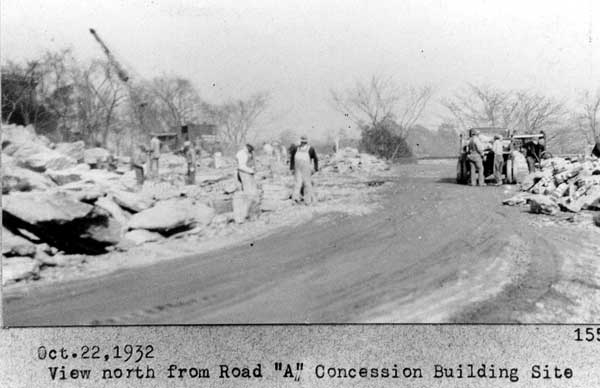

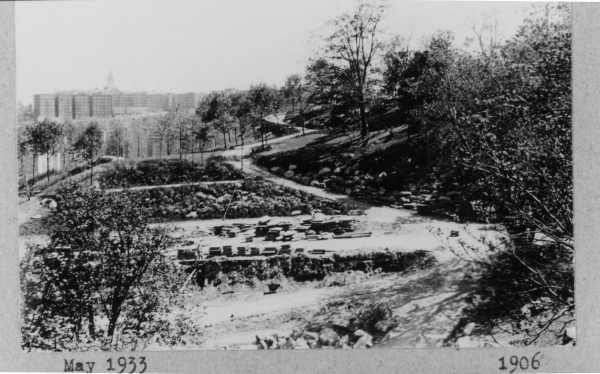

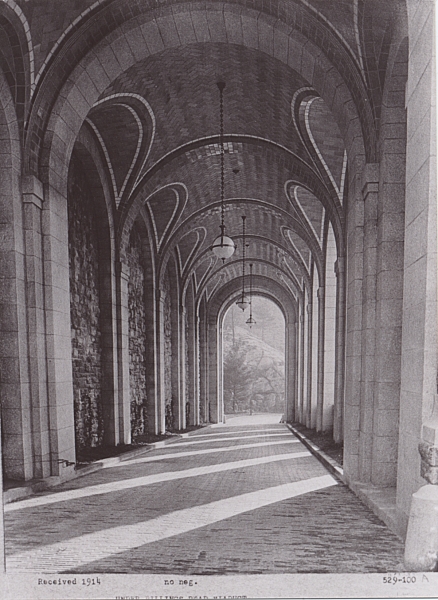
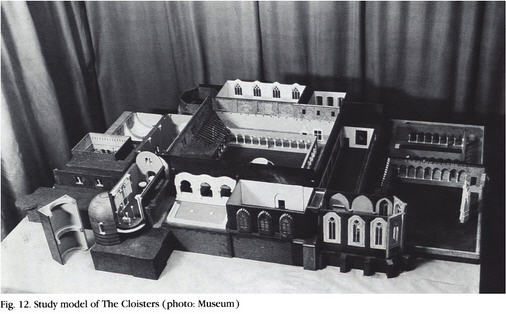

Join the Conversation